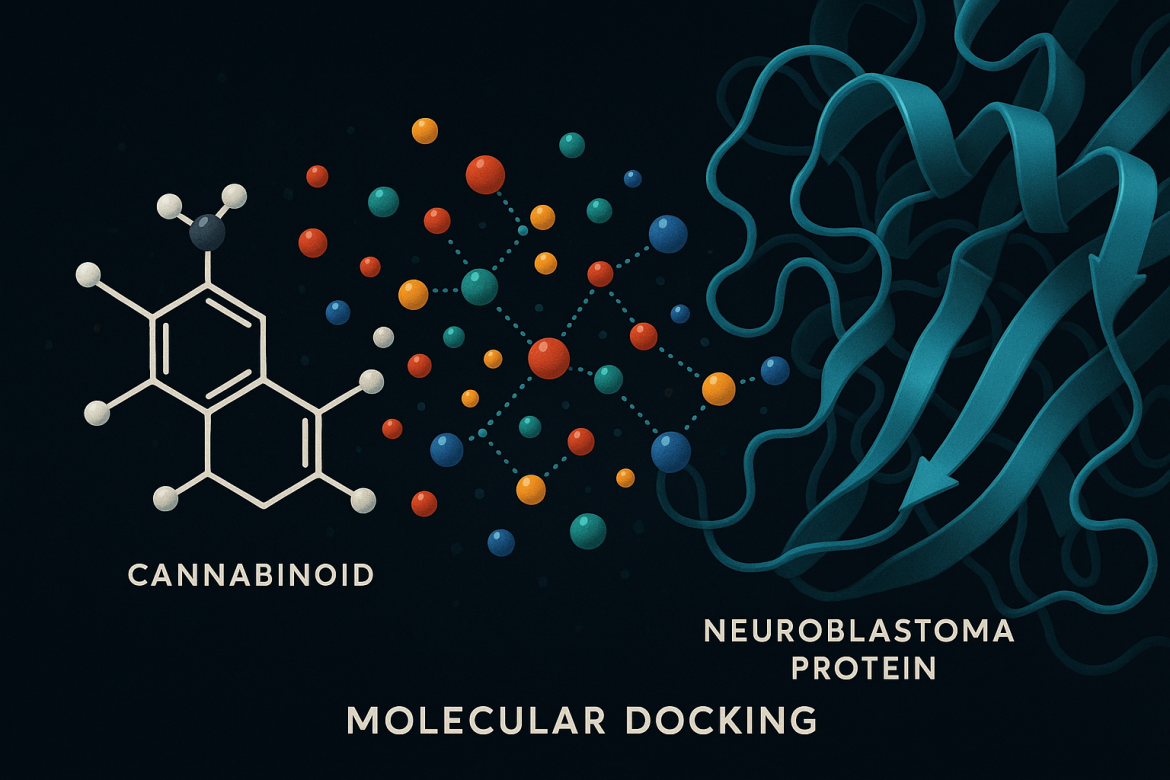Scientists in South Korea have uncovered rare chemical compounds in cannabis flowers that significantly inhibit the growth of neuroblastoma cells, a common pediatric cancer.
Researchers Reveal Anticancer Potential in Cannabis Flower Extracts
In a groundbreaking study, researchers from multiple South Korean institutions—including Wonkwang University and the Ministry of Food and Drug Safety—have identified rare compounds in Cannabis sativa that show potent activity against neuroblastoma, the most common solid tumor found in children.
Using advanced chromatography and spectroscopy methods, the team isolated 11 compounds from the flowers of the cannabis plant. These include six well-known cannabinoids and five others that had either never been identified in cannabis or were entirely new to science.
Among the highlights: the discovery of a previously unknown cannabinoid named cannabielsoxa, and for the first time in cannabis, chlorin-type compounds—a group of molecules typically associated with photosynthesis in plants and light-based cancer therapies.
Cannabinoids vs. Cancer: A Promising Lead
The study tested all 11 compounds against SK-N-SH neuroblastoma cells in the lab. Results were compelling: cannabinoids like cannabidiol (CBD), cannabidiolic acid (CBDA), and delta-8-tetrahydrocannabinol (Δ8-THC) demonstrated strong anticancer activity at low micromolar concentrations.
“Cannabinoid compounds significantly outperformed the chlorin derivatives in reducing tumor cell viability,” said the research team.
While chlorin-type molecules have shown promise in light-activated therapies, in this case, they exhibited only modest anticancer effects unless chemically modified.
AI-Driven Discovery: Docking and Drug-Likeness
In silico molecular docking simulations revealed that cannabinoids—especially CBDA and its methyl ester—bind effectively to neuroblastoma-related proteins, supporting the lab results. These compounds also passed early safety checks using computational ADMET (absorption, distribution, metabolism, excretion, and toxicity) models, suggesting good oral bioavailability.
However, some flagged potential drug interaction risks due to their inhibition of key liver enzymes, highlighting the need for further in vivo testing and clinical trials.
Regulatory Challenges and the Road Ahead
Due to South Korea’s strict regulations on cannabis research, in vivo studies remain on hold. Yet this work lays the groundwork for global scientists to explore cannabinoid-based neuroblastoma treatments further. It also marks the first time chlorin derivatives—often used in photodynamic cancer therapy—have been found in C. sativa.
“Our findings provide critical scientific data for the development of new antitumor therapies derived from cannabis,” the authors concluded.
These findings build on a growing body of research exploring the medical potential of cannabis beyond its psychoactive components. Recent studies have highlighted the role of THC-free cannabis terpenes as promising alternatives to opioids for pain relief (read more), and the sedative effects of cannabis extracts in cancer-related treatments, including their potential to reduce anxiety and improve sleep in oncology patients (full study here). Together, these discoveries underscore the therapeutic versatility of Cannabis sativa and reinforce its relevance in modern pharmacological research.

